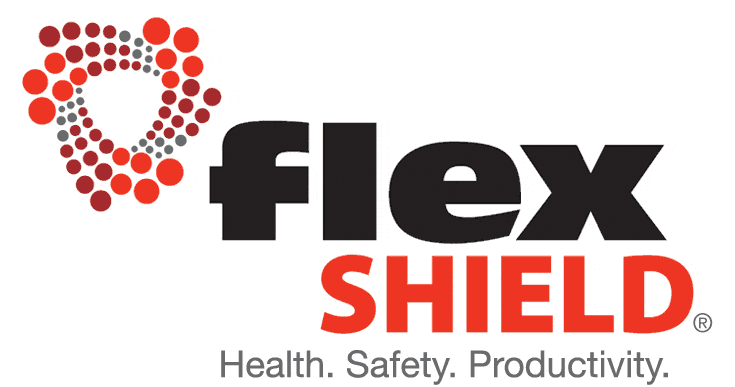Call 1300 799 969 | Contact Us


Home » How to Quieten a Concrete Cutter
Construction sites are among the noisiest places on earth, filled with some of the world’s most boisterous equipment. At over 100dBA, concrete cutters are some of the biggest culprits, emitting the same levels of sound as a rock concert.
And that’s just one of the noises going on there could also be noisy generators, tile cutters, trucks, power tools and all sorts of construction noises all happening simultaneously.
There is no denying the fact that concrete cutters are very loud – loud enough for the Environmental Protection Agency to come down on you hard.
The good news is that peaking at around 3,000 hertz, and it’s a high-frequency noise and more comfortable to control and contain than a powerful low-frequency noise such as a jackhammer or pile driver.
To give you a better understanding of the different challenges of different noises on a construction site, lets’ go off-site for a moment and out onto the street.
An example of a high-frequency noise VS low-frequency noise is a car playing loud “doof doof” music driving towards you.
The loud music you hear as the car approaches are the low-frequency sounds.
As the car gets closer, you can hear the higher frequency of instruments which will die off quite abruptly as the car moves away until you can only hear the doof again.
It’s the same with a shrill Concrete Cutter – very loud, but as you are about to discover, quite quickly quietened.
There are two reasons why you need to know how to quieten concrete saws.
If an individual or group has complained, you might very well have a pressing problem with the EPA.
Fortunately, as you’ll see when you download our Site Noise Mitigation Handbook, Flexshield has the experience and the proven soundproofing products to make your noisy concrete saws compliant. You can read more about our noise control products in the upcoming section; for now, let’s concentrate on tenders.
Flexshield can assist you with your tendering strategy, as well as supply you with valuable information for your tender documentation, demonstrating how you would proactively solve potential problems before they arise.
Information will help you:
Furthermore, if you allow for concrete cutting soundproofing in advance, you won’t run up any additional costs that weren’t in the existing budget.
Low-frequency noises at high amplitude are especially damaging because they carry more energy and are far harder to manage. As outlined earlier, high-frequency sounds such as those emitted by chainsaws and concrete cutters are also dangerous; however, the high-frequency bandwidth is comparatively easier to soundproof.
It all comes to containing the cutter’s noise leakage (also called breakout).
There are two proven ways to do this quickly and easily, either using Noise Barriers or Acoustic Tents.
Both of these at-source solutions are ideal for controlling high-frequency noises.
The noise barriers, also known as sonic curtains, noise blankets, noise mats and a host of other names, provide maximum noise reduction by incorporating sound barrier and noise absorption properties in the one curtain.
Fully portable, they reduce noise by a substantial number of decibels – up to 26dB reduction at 1000Hz – to help you comply with government legislation and to keep on working, without disturbing the environment.
The acoustic tents (or sonic tents) take just moments to erect, take down and re-position.
Using state-of-the-art noise control technology and materials, they enable you to measurably quieten concrete cutters – preliminary testing shows 14-18 dBA (L90) transmission loss.
There are many applications for concrete cutting soundproofing, from new builds to cutting in expansion joints in underground car parks.
That really depends on the situation.
If it is an occupied facility such as a refurb in a shopping centre, your best option would be to employ temporary noise curtains because you already have the fence on hand.
Whereas if you are working on a new build, with lots of potential noise conflict with nearby residences, it’s likely there won’t be adequate fencing on-site particularly during the early stages, so an acoustic tent would be easier.
The tent is conveniently mounted on wheels, so it will be a simple job following the concrete saw around.
Reduce the high-frequency noise of circular saws to acceptable levels, and as well as enjoying favourable public perception, you’ll increase productivity.
Once you sort the industrial noise problem out, your team will be able to cut for long hours and get the job done more quickly.
You’ll be able to get on with the job, without complaint or affecting local business.
Noise attenuation products such as sonic tents and noise blankets are an excellent last line of defence.
Other ways to solve the noise problem and control the risk include: